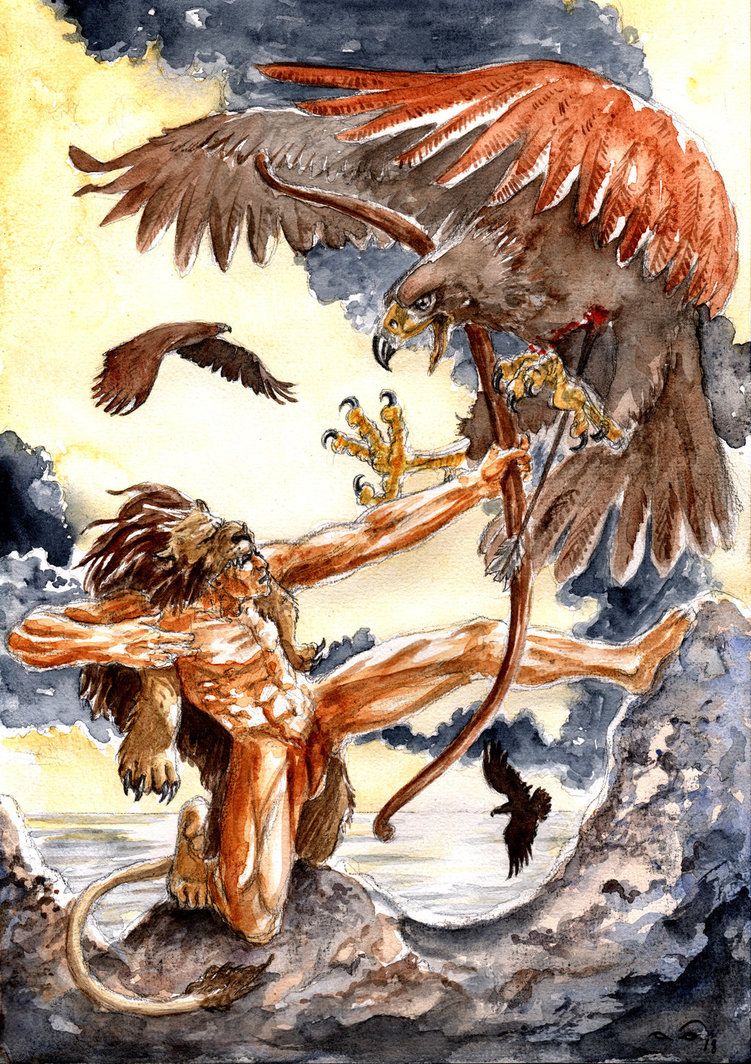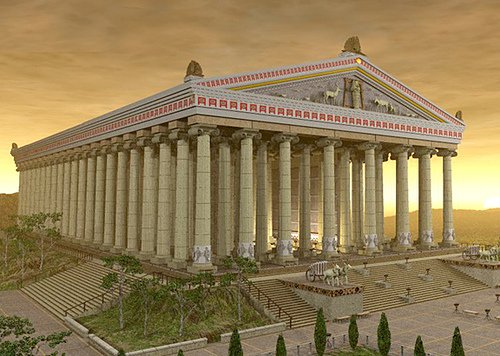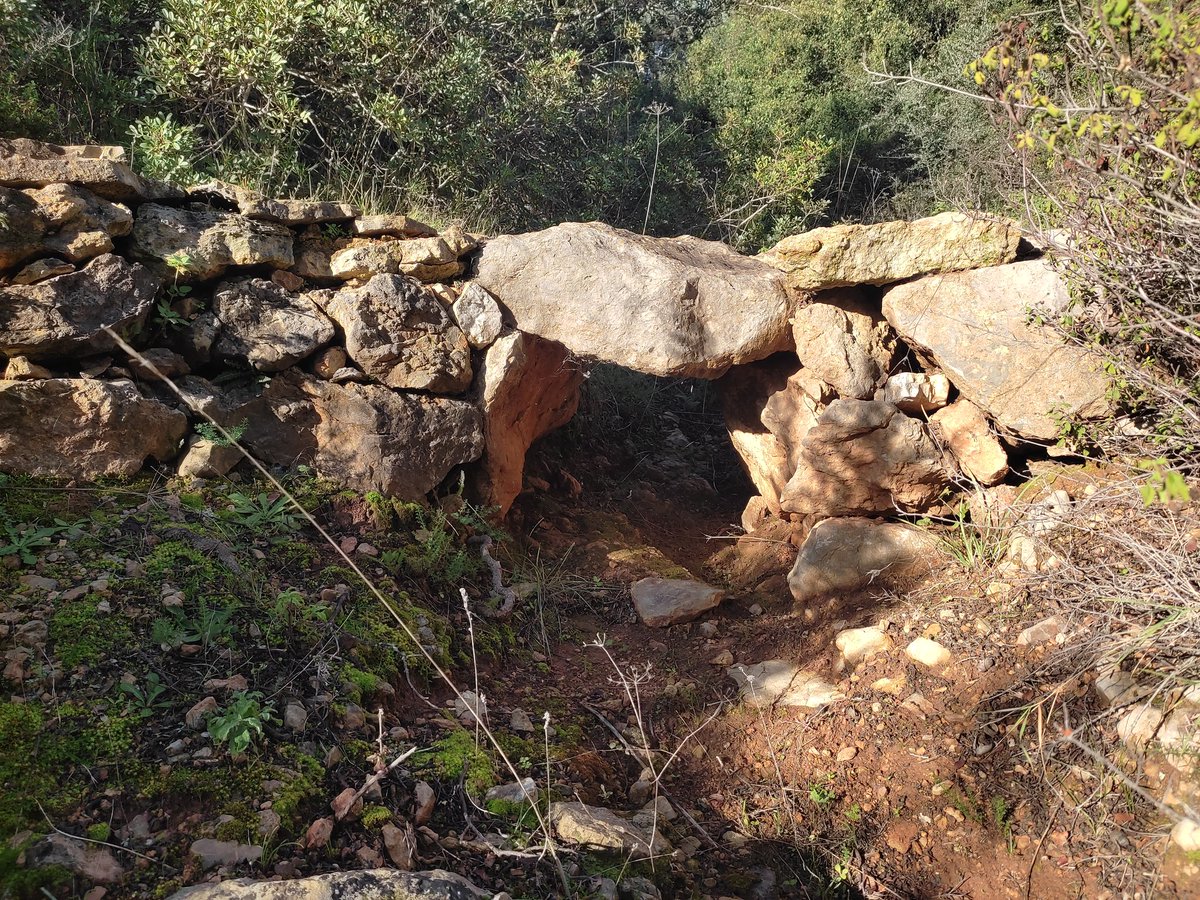
1/ #Christmas #Monday and excursion to Mount Cyllene in Mountainous Corinthia. The first stop was in Lake Stymphalia, one of the most important habitats for migratory birds in Helladic area and for this reason it has been designated as a Natura 2000 protected area. 



2/ Seeing the arcane setting of the morning fog that had covered the lake, I am reminded of the mythological Labour of Hercules, who using his krotala killed with his poisonous arrows the dreadful Stymphalian Birds, which were terrorizing the surrounding area. 

3/ The next stop is Ancient Feneos, which due to the extensive fog, it was not possible to visit the archaeological site, ending up at the wonderful nearby artificial lake Doxa. Another Natura 2000 area... Amazing alpine landscape! 







4/ However, the most important monument of today's excursion was the visit to the chapel of Holy Mary of the Rock in Kato Tarsos. The chapel is located in the middle of a cluster of vertical rocks, almost smooth, with vertical irregular fissures, like at Meteora. 



5/ The amazing thing is that between the rocks, in some cases and from their top, water runs!
6/ In a large crevice, the church of Holy Mary of the Rock is built, which, according to tradition, was founded to fulfill the oblation of a woman from Tarsos, who was miraculously saved during the fall of Byzantine Tarsos by Mohammed II in 1458. 

7/ Mohammed II besieged the castle of Tarsos and forced the besieged to surrender, while afterwards he killed many of them and captured others. Few managed to escape. ➡️ 

➡️ Of the women, some were taken with them as slaves and others were thrown from the rock of Tarsos (according to others, some women of Tarsos jumped off the rock themselves to avoid becoming slaves of the Turks), where the church of Holy Mary is today. 

8/ A young mother with the baby in her arms begged for pity for her child. The Turks, however, were not moved and threw her off the cliff together with the baby. ➡️ 







➡️ However, she invoked the help of the Holy Mary and miraculously, the woman was found safe and unharmed at the base of the vertical rock. 



9/ Out of gratitude for her salvation, this woman shaped the cleft of the rock into a temple, placing some images. Inside the church is the portable icon of Virgin and Child (18th century). 



• • •
Missing some Tweet in this thread? You can try to
force a refresh





























